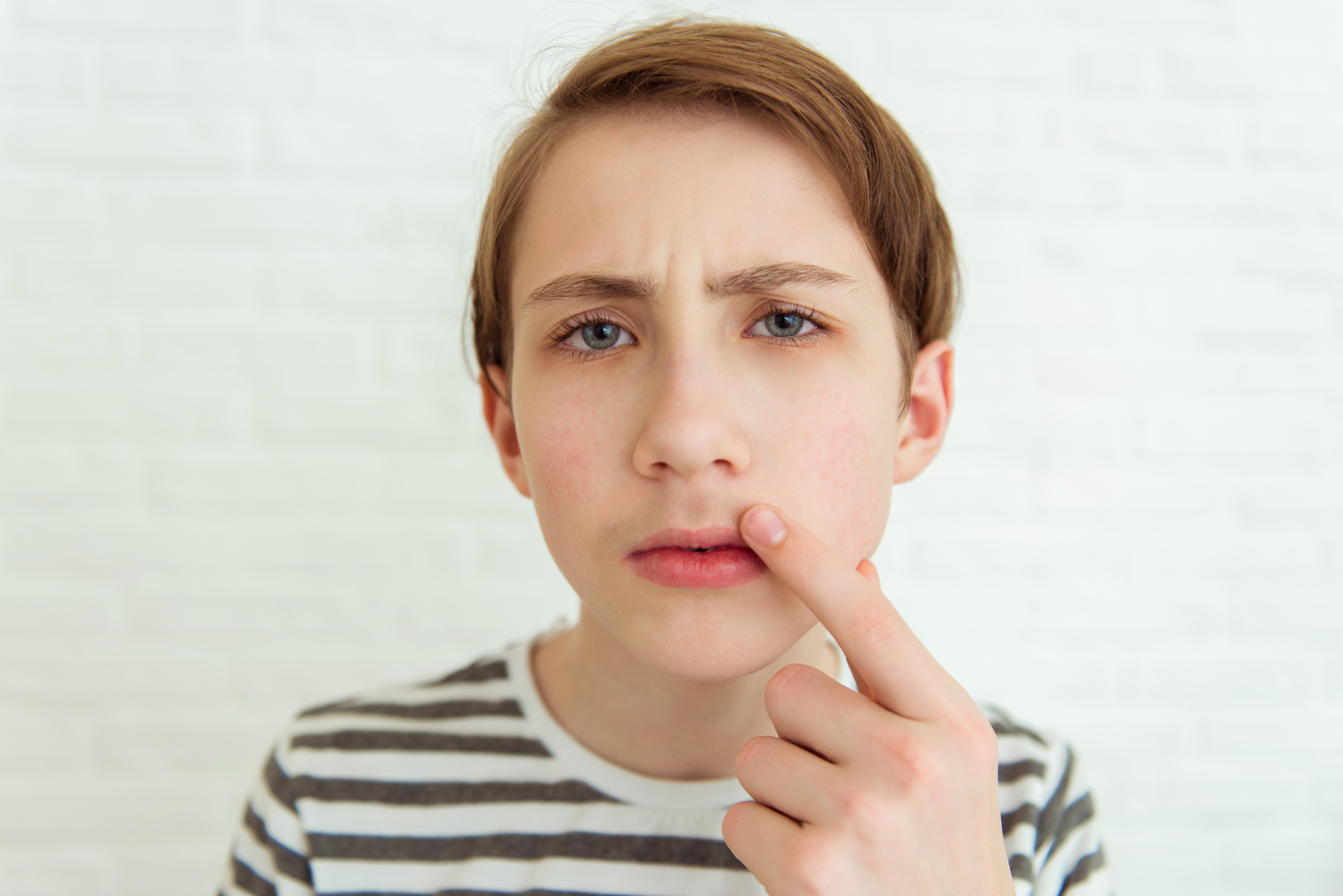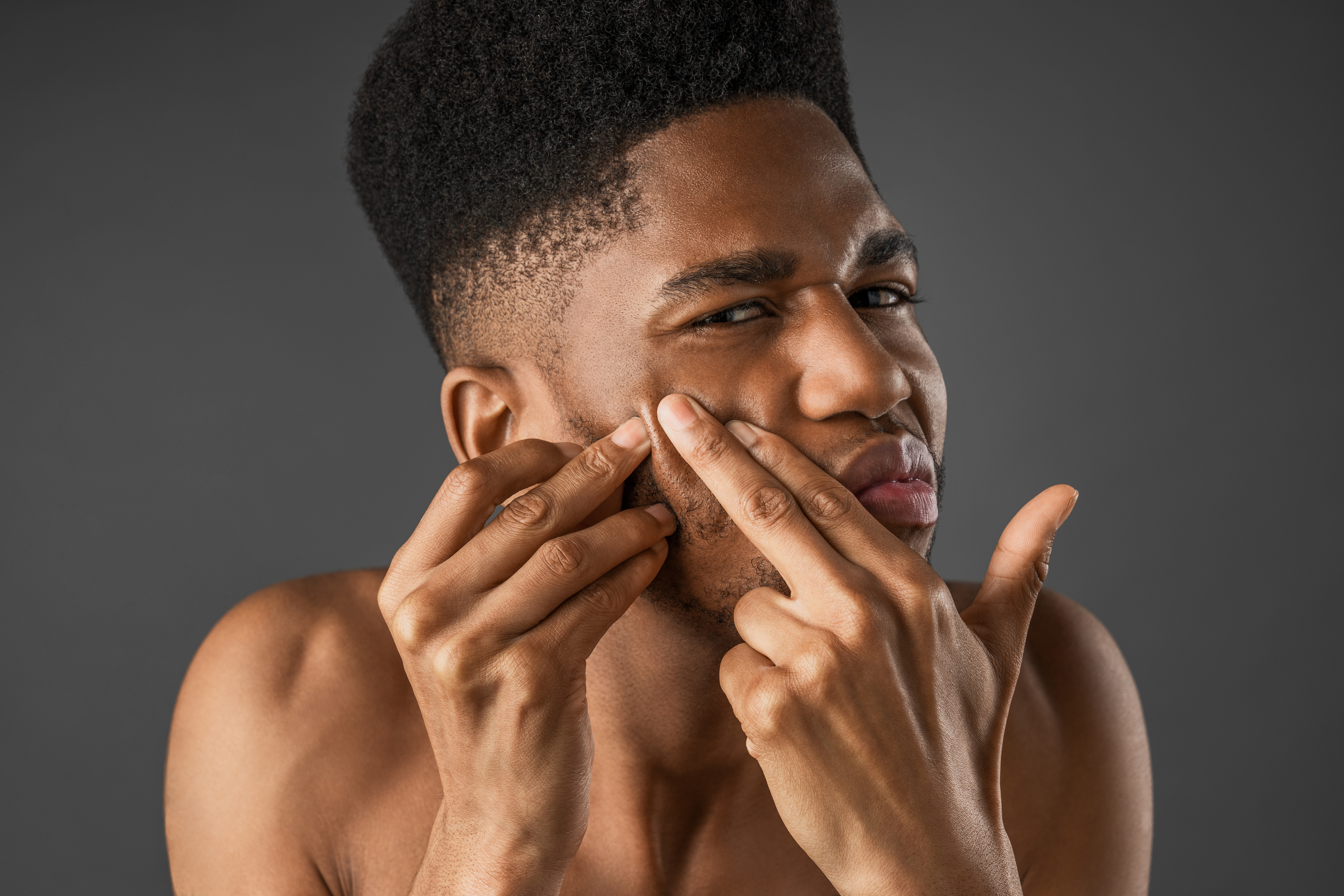Witnessing the Transformation of Youth Top Ten Signs as Boys Transition through Puberty
Hair Growth: The Emergence of Facial and Body Hair

The appearance of facial and body hair is another significant sign of puberty in boys. This change is driven by the increased production of androgens, a group of hormones that includes testosterone. Boys may first notice the growth of fine hair on their upper lip, which gradually becomes thicker and darker over time. This is often followed by the development of hair on the chin, cheeks, and jawline, as well as the growth of body hair on the chest, underarms, and pubic area.
The emergence of facial and body hair is often seen as a rite of passage, symbolizing the transition from boyhood to manhood. However, the timing and extent of hair growth can vary widely among individuals, leading to feelings of self-consciousness or inadequacy for those who develop later than their peers. It is important for boys to understand that hair growth is a highly individual process and that there is no "right" time to develop. Encouraging open conversations about these changes can help boys feel more comfortable and confident in their developing bodies.
Skin Changes: The Onset of Acne and Oily Skin

The hormonal changes of puberty can also lead to changes in the skin, most notably the development of acne and increased oil production. As testosterone levels rise, the sebaceous glands in the skin become more active, producing more sebum, an oily substance that can clog pores and lead to acne. This condition is common during puberty, affecting up to 85% of adolescents to varying degrees.
Acne can be a source of frustration and embarrassment for many boys, impacting their self-esteem and social interactions. It is important for boys to understand that acne is a normal part of puberty and that there are effective treatments available. Encouraging good skincare habits, such as regular cleansing and the use of non-comedogenic products, can help manage acne and promote healthy skin. Providing support and reassurance can also help boys navigate this challenging aspect of puberty with confidence and resilience.
